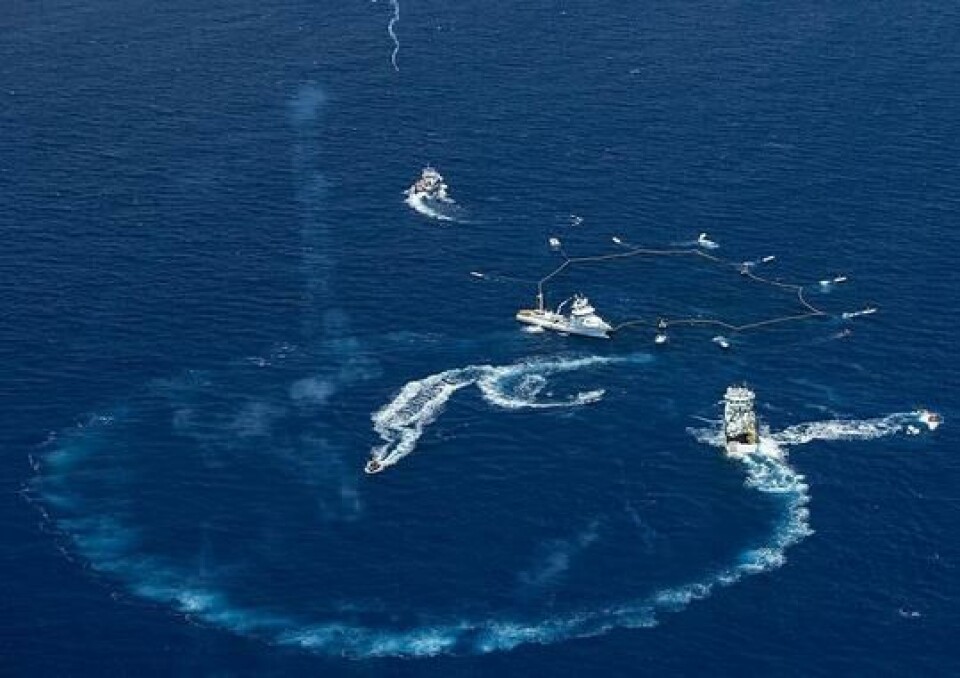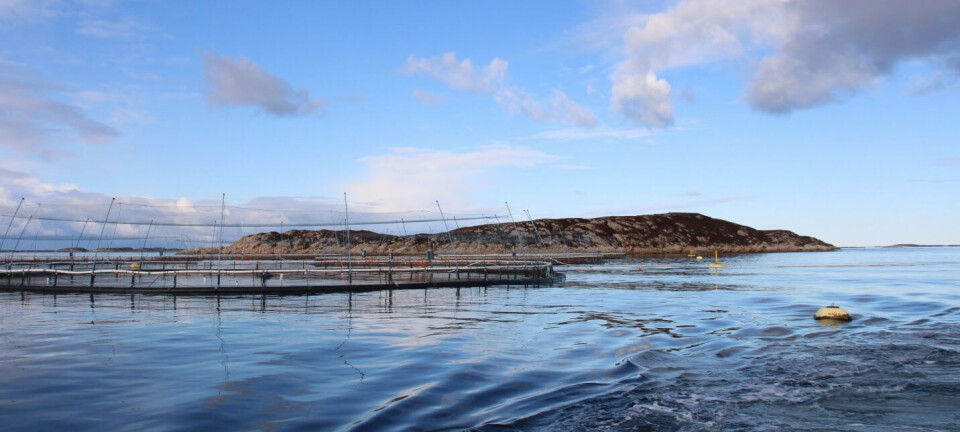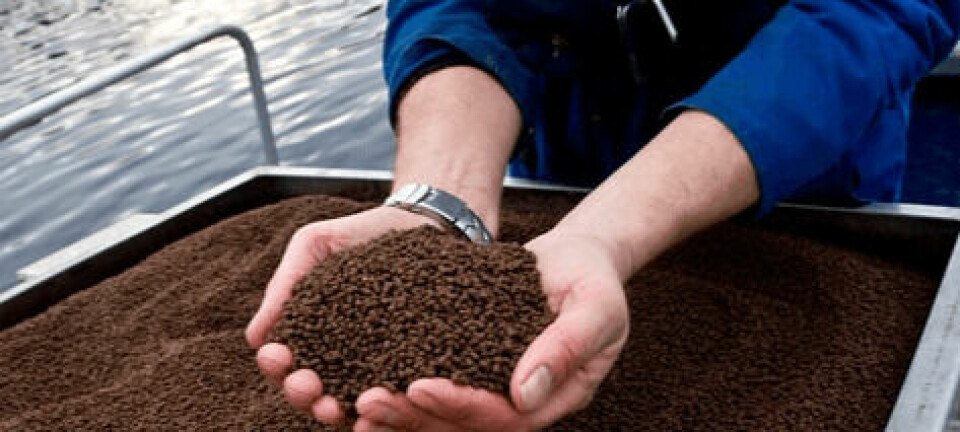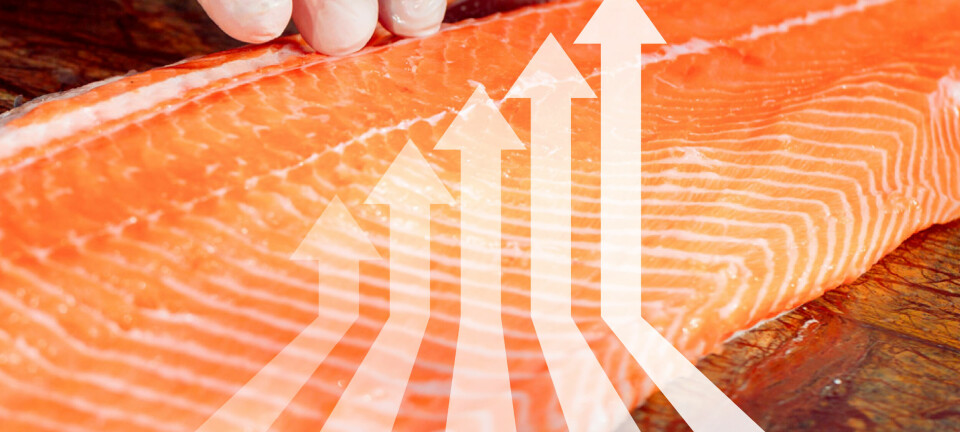
Surrogate mothers for bluefin tuna?
According to some Japanese scientists, who are searching for ways to protect the Pacific bluefin from extinction, aquaculture might be the only way to ensure future supplies of the popular sushi ingredient, but even that solution is uncertain. The Washington, DC-based CCTV’s Mike Firn recently reported a story from Tokyo about an initiative that could help restore some of the stocks - if everybody agreed to cooperate. He goes on to describe how Japanese scientists are exploring ways to prevent the extinction of Pacific bluefin tuna, one of the most over-fished species in the world;
Stocks of bluefin tuna have dropped by a third over the past 22 years, said the International Union For the Conservation of Nature, making the fish is at risk of extinction. “The low spawning recruitment of tuna juveniles is also accountable for the population decline. In particular, the increased catch of large net fisheries. We call it purse seine fisheries,” Nobuyuki Yagi, the associate professor of Tokyo University Laboratory of Global Fisheries, said. “Also the increase of the catch of Mexico [is another reason] because bluefin tuna is migrating from Japanese coastal area to Mexico coast.”
At Tokyo restaurants diners can eat hon maguro (bluefin tuna) without contributing to the problem of overfishing as the stock comes from fish farms such as the one run by Kinki University in Western Japan. Using pioneering bluefin aquaculture, the farm raise tuna from eggs and releases juveniles into the ocean. It also sells mature fish to restaurants and department stores.
(On its website, the Kinki University Fisheries Laboratory claims to be a “World Aquaculture Pioneer”:
“Kinki University’s aquaculture program and research started in 1948. The university was the first organization to successfully raise red sea bream and amberjack using full-cycle aquaculture, a process that involves raising fish from eggs to adults, rather than from juvenile fish caught in the wild. With the wild stocks of many fish species in rapid decline, Kinki University fully understands the impact of overfishing and has steadfastly focused its research on the use of full-cycle aquaculture as one solution to the problem. In 2002, despite widespread belief that it was impossible to breed tuna using full-cycle aquaculture, Kinki University became the first in the world to do so with bluefin tuna. Our breeding technologies have been so successful that we are now able to release juvenile tuna into the oceans. Tuna bred at Kinki University Fisheries Laboratory have been trademarked as Kindai tuna, a name that is also a testament to the high quality of these fish. At a time of growing concern over the safety of tuna and the high levels of mercury it may contain, Kindai tuna is guaranteed to be safe for human consumption. Kinki University will continue to push the boundaries of aquaculture research, with the ultimate goal of reducing pressure on wild fish stocks and cultivating the oceans of the world through the reintroduction of fish.”)
Goro Yoshizaki, associate professor of Tokyo University of Marine Science and Technology, said fish farming is not enough to protect the bluefin. For the past 10 years, he’s been researching tuna surrogacy by injecting stem cells into mackerel, which has similar DNA. “Bluefin tuna is a very big species. They mature when their body weight reaches 100 kilos (220.5 pounds). It’s a huge fish. It also needs five years to reach to maturation, but if we can make the surrogate mackerel that can produce tuna eggs and sperm, we can produce baby tuna in very small facilities and shorten the time required to obtain eggs and sperm,” Yoshizaki said.
Yoshizaki said it will probably take a few more years to finish his research. If he`s successful, the mackerel may be able to produce 60,000 bluefin eggs a day, he said. “We really want to produce juvenile tuna using surrogate mackerel and release to the ocean. The ocean can take care of those baby tuna until they reach the market size,” Yoshizaki said. The plan won't work without the cooperation of the countries that fish in the Pacific, but most of the bluefin caught there are young tuna that haven’t had the chance to breed. This month, members of the Western and Central Pacific Fisheries Commission took action to protect juvenile bluefin, agreeing to catch half as much as the average ten years ago.























































